By learning different ways of golden kiwi storage as well as choosing the right ones, you can keep them alive long after you bring them home and enjoy the fruit as often as you like. You can also find out more useful information about kiwi, such as how useful it is and what to do with them.
Continue reading this article to get answers to all your questions.
Origin of kiwi
Below are the most common kiwi varieties. Each has its own unique flavor.
Kiwi (also called kiwi) originated in China, then cultivated in New Zealand, and California, and is grown in many countries today. Kiwis are oval in shape (yes, kiwis are one of the few fruits that aren’t round) and about the size of an egg.

Starting with the letter “K”, this tasty fruit has a thin, bright, and edible skin. Inside you will see green or yellow flesh with small black seeds when you cut it open. In addition to the juicy texture, the fruit has a mild sweet and sour taste.
Kiwi’s advantage
Kiwifruit is a nutrient-dense fruit due to its high content of nutrients such as vitamin C, lutein, and zeaxanthin, calcium, fiber, and more.
The use of kiwi provides extraordinary benefits:
- Strengthens the immune system and reduces the risk of colds or fever thanks to the content of vitamin C in kiwi.
- Promotes weight loss: Kiwi is rich in water and fiber, which makes you feel full for hours, making kiwi the best fruit for weight loss.
- Promotes healthy skin: Kiwis are rich in vitamin C, which helps produce collagen for skin and bones. Kiwi also supports the structure of your skin and keeps it hydrated.
- Good source of vitamins and minerals: Kiwi contains essential vitamins and minerals such as vitamins A, B6, B12, potassium, calcium, and iron. They all work together to improve circulation, absorb iron for strong bones, and fight stress.
- Reduce insomnia: The antioxidants and serotonin in fruits can help treat sleep disorders.

Let’s see how kiwi is useful:
Useful tips for choosing a good kiwi
To keep kiwifruit longer: Up to a week or more, choose kiwifruit in good condition. Let’s follow the super simple tips below:
Ripe or unripe kiwi?
It depends on how many kiwis you buy and on your order.
Firm, unripe kiwifruit is best if you buy them in bulk and want them to ripen and use them gradually. Unripe kiwi fruit can be stored for a week or more. To speed up the ripening of kiwi, you can use several methods if you suddenly need them.
If you want to eat kiwi as soon as you get it home, you should buy small quantities and choose ripe kiwi.
Appearance
Kiwi looks fresh and crisp, without bruises or wrinkles When buying a kiwi, look for a plump kiwi with some curvature. Make sure there are no bruises or wrinkles on the skin. You should check the kiwi and choose a soft and unripe kiwi.
When you touch the stem, gently press it with your thumb. If you feel the stem is soft, it is ripe and sweet fruit. In other words, they can be garnished or used in savory dishes that require kiwi.
If the item is still hard, the fruit is not yet ripe. Therefore, it acquires a sour taste when ingested.
Another tip for choosing an excellent kiwi depends on the taste. The unripe kiwi has no smell. Rather, bring the kiwi to your nose and inhale deeply; If it has a mild odor, it is ripe and ready to eat.

How do you store kiwi?
If you’re bringing kiwis home, you may be wondering where is the best place to store kiwis. You should depend on the condition of the kiwi and how it is used and choose one of the best methods below for preserving the kiwi.
Keep the kiwi whole.
To keep kiwis fresh and prevent moisture loss, kiwis should be stored whole. Here are some ways to save it:
At room temperature
The best way to ripen a kiwi is to put it with a banana, apple, or pear.
The best way to store kiwis is to store them at room temperature at 32-35 degrees Fahrenheit. They should be kept away from direct heat or sunlight.
Suppose you need to speed up the ripening process. In this case, kiwis should be stored at room temperature in a paper bag or plastic box and placed near or near the ethylene-producing fruits (apples, bananas, avocados, tomatoes).
In case you put the kiwi with all the fruit in a fruit bowl or on the table, remember not to put too many kiwis on it.
In the fridge
Kiwis are still fresh when canned with other fruits. If the kiwi is ripe enough or you don’t want to eat it for the next few days, consider refrigerating it.
If you put a ripe kiwi in the fridge, you can keep it fresh for 5 to 10 days and up to 4 weeks with an unripe kiwi without changing the taste.
It’s a good idea to store kiwis in airtight bags or containers and then store them in the refrigerator.

The bags can reduce moisture loss and preserve your kiwi juice, extending its shelf life.
If you don’t have enough room in your fridge, you can stack kiwis with crunchy items like tomatoes or lettuce to keep them from cracking or spoiling.
Unfortunately, freezing kiwis or fresh fruit is not recommended. Because when you thaw a kiwi, its texture changes. Frozen kiwi becomes soft, no longer very juicy and fresh.
Kiwi slices storage
It is best to chop or dice the kiwi before storing it. This is also recommended when storing mangoes, especially in the freezer. With this storage, kiwis can be kept for up to several months.
At room temperature
Make sure the kiwi is fully ripe before slicing as it cannot ripen any further. After cutting, store a kiwi in an airtight container or plastic box, away from heat or direct heat sources. Make sure to use it within a few hours.
In the fridge
Kiwis stay fresh and fresh even after the skins are peeled and stored in the refrigerator.
The refrigerator is the best place to store a kiwi after you cut it. This is how you cool sliced kiwis:
Step 1: Wash the kiwi under running water.
Step 2: Peel the skin and cut it into small pieces.
Step 3: Put them in airtight containers so that the kiwi does not lose any moisture.
Step 4: Put the containers in the refrigerator.
Place the kiwi slices in the refrigerator to keep them fresh for 2-3 days. They may have insect bite marks or an unusual color.
In a refrigerator
A delicious smoothie that combines the freshness of kiwi and the sweetness of banana.
Frozen kiwis are good for smoothies, shakes, or mixed dishes, but eating them raw or adding them to salads is questionable.
Here are the most effective ways to freeze kiwi fruit. It only takes a few minutes and then you will get amazing results. Here are two options for you:
Freeze Sliced or Chopped Kiwis
Step 1: Peel the kiwi and cut into cubes. If you’re planning on making a smoothie or fruit salad, sliced kiwis work best. Think about how you will use the kiwi and cut it accordingly. I prefer to cut the kiwi into cubes because it saves a lot of time when defrosting.
Step 2: Line a baking sheet with parchment paper or a freezer-safe silicone mat. Frozen kiwi is easier to remove from the surface.
Step 3: Transfer these pieces to the paper. Make sure you only put them in one layer and make sure they don’t touch each other so they don’t freeze.
Step 4: Put the paper in the freezer and leave it there until the fruit is well-frozen. Leaving it overnight can be ideal.
Step 5: Remove the frozen slices from the wrapper, place them in a freezer bag or container, and place them back in the freezer. Be sure to close the zipper tightly to prevent harmful viruses from entering.

Let’s take a look at the best way to freeze kiwis so they don’t touch each other.
Freeze kiwi puree
Freezing pureed kiwifruit can ease your worries about soft kiwifruit after they’ve thawed.
You can also freeze kiwi puree. Therefore, it is better to remove them. All you need is cube trays and follow these tips:
Step 1: First, mash the kiwi slices and put them into the cube molds. Wait a few hours until it completely hardens in the freezer.
Step 2: Remove strong cubes from trays and place them in airtight containers.
Step 3: Put the bags back in the freezer.
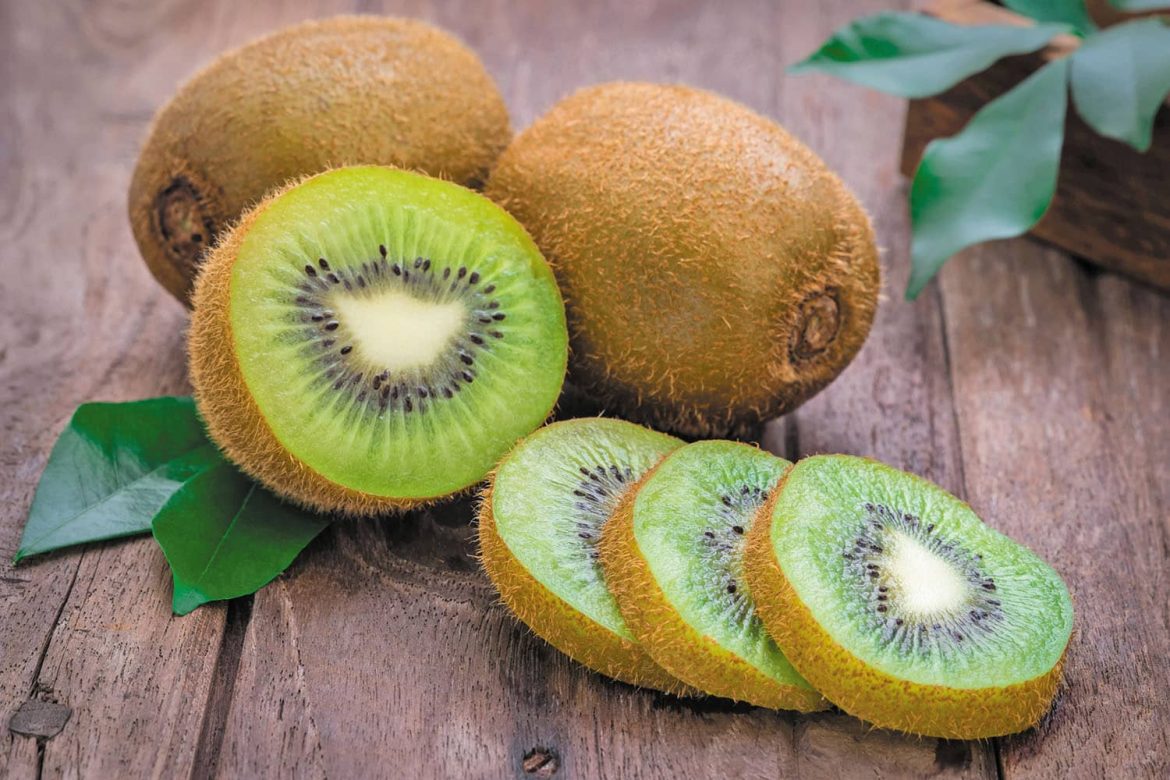
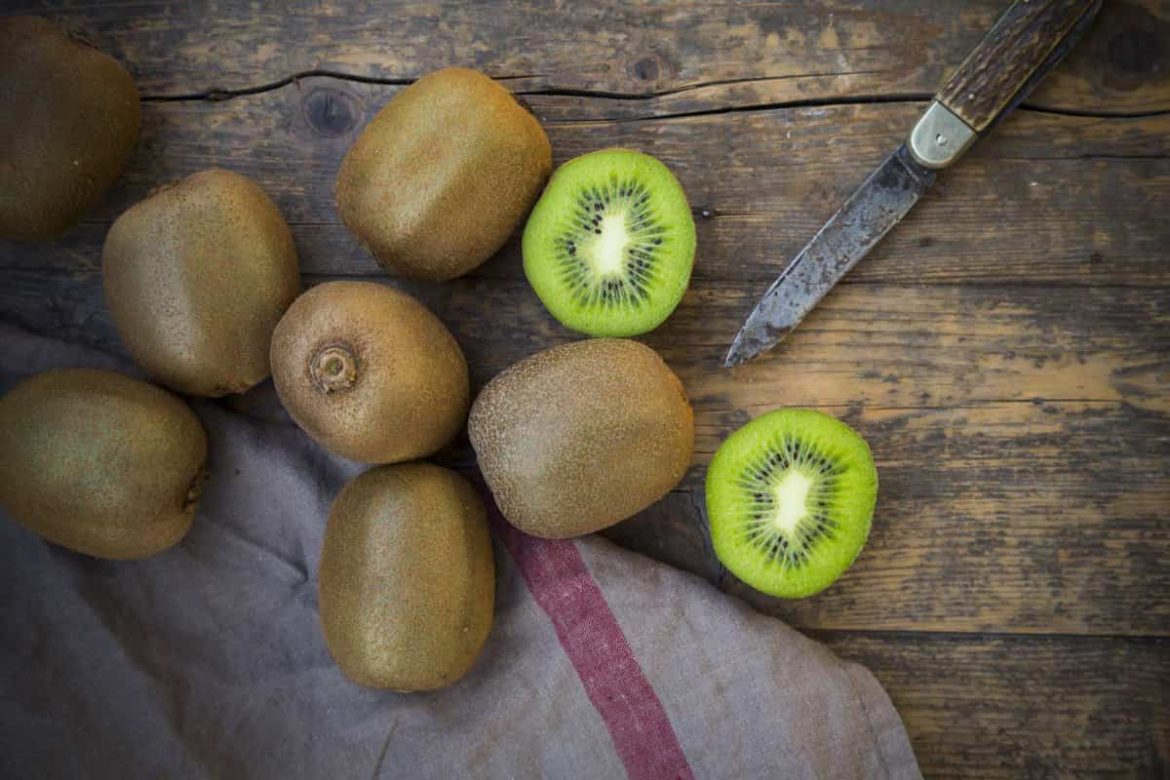
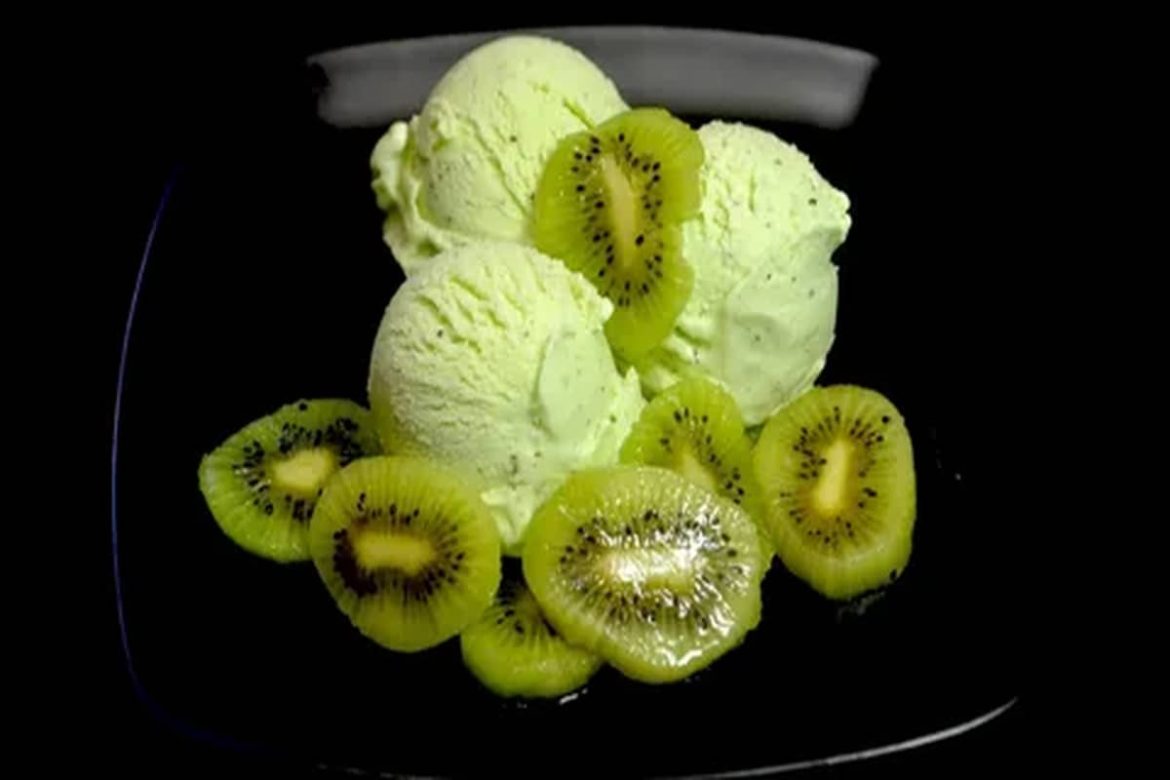

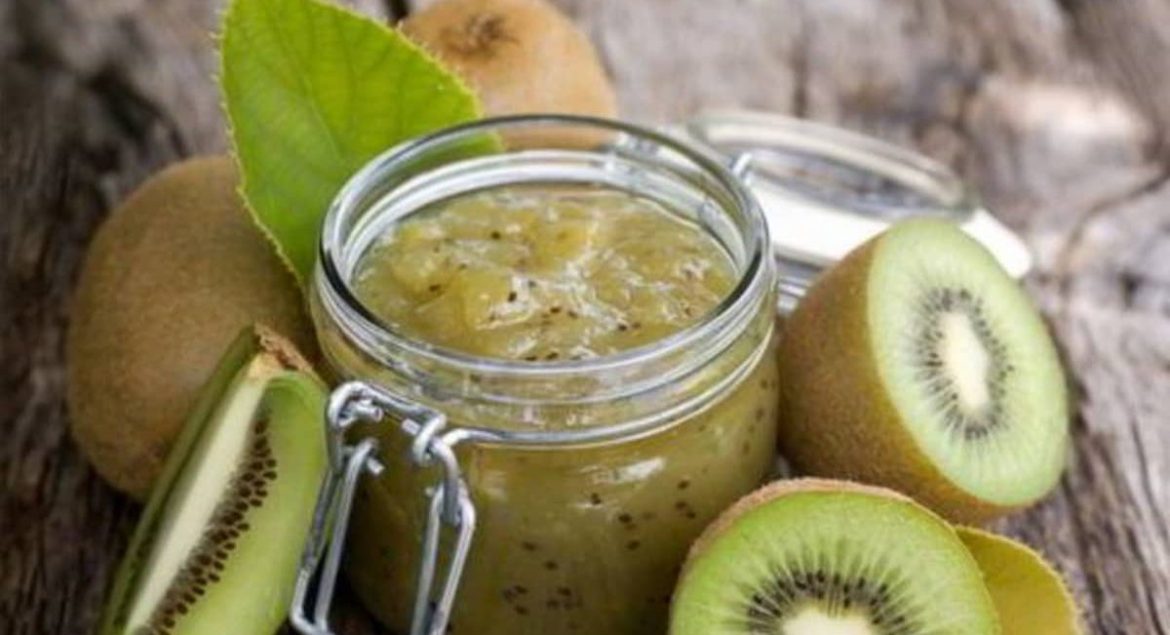
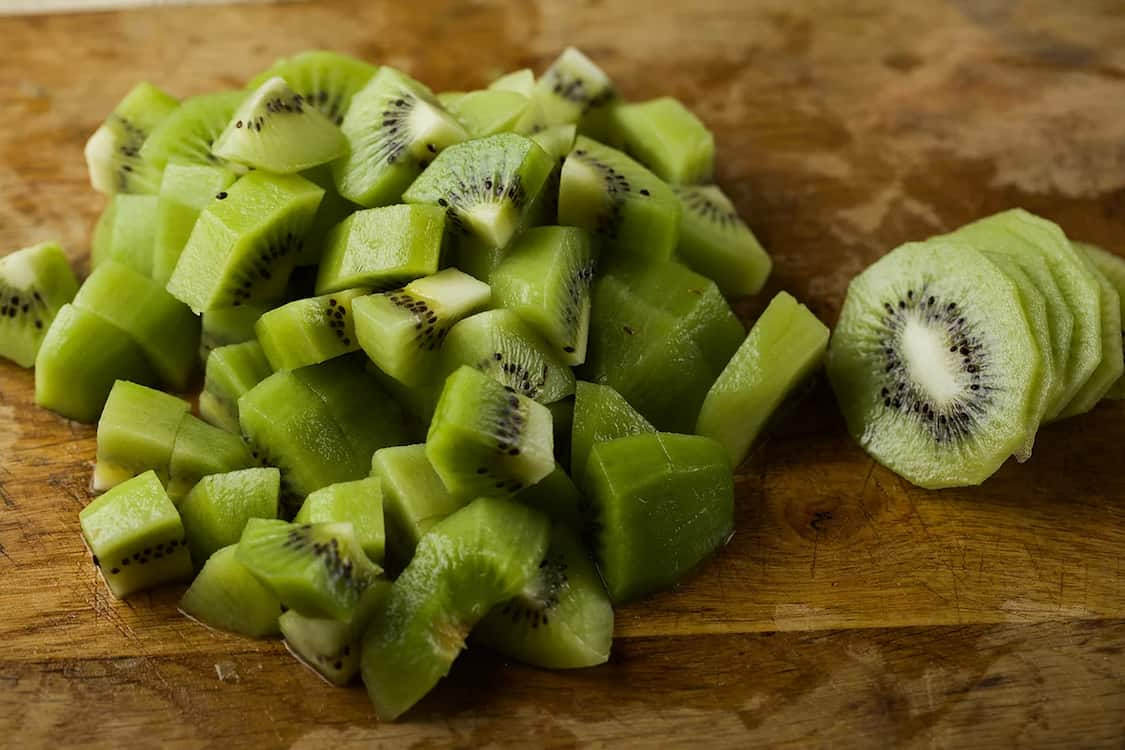
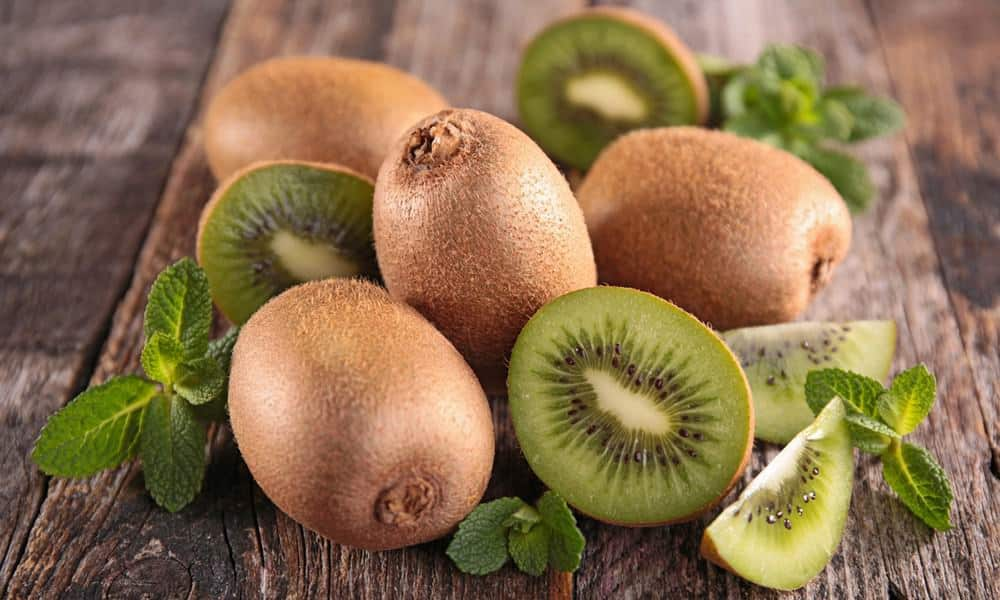



Your comment submitted.